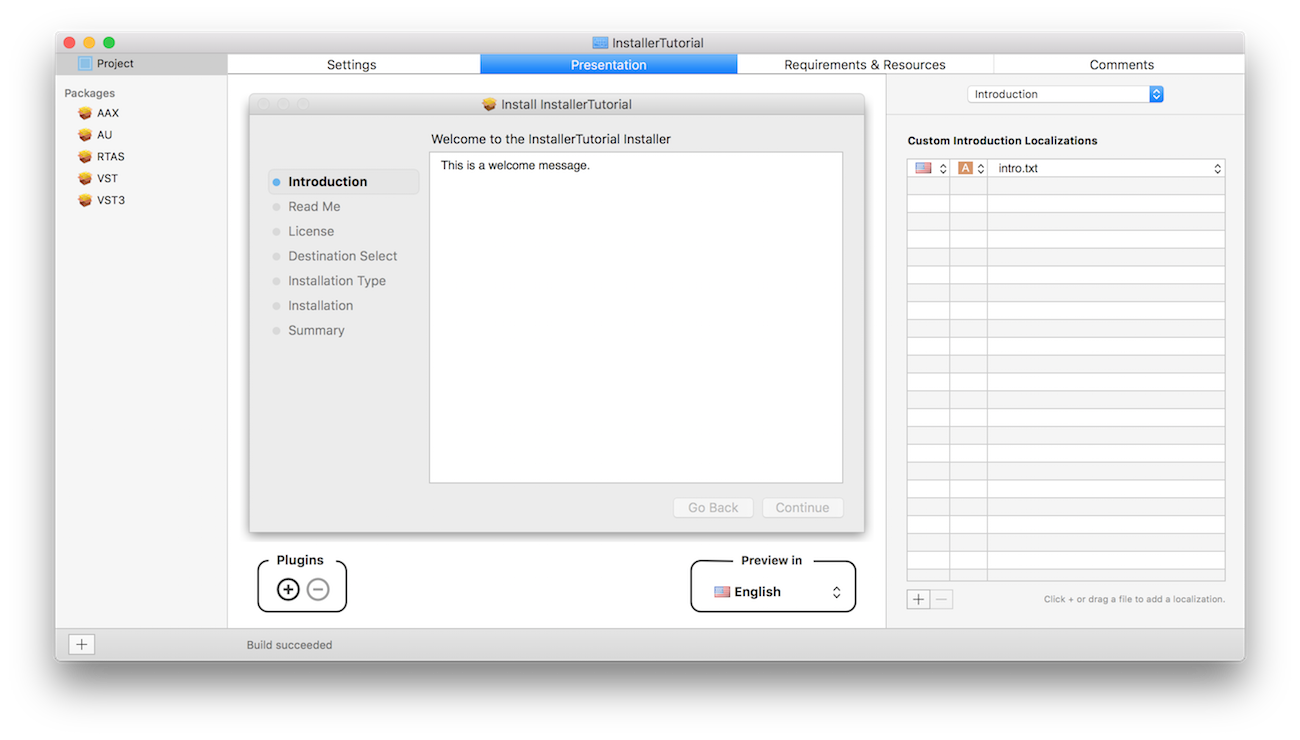
Have a problem opening a .VST file? We collect information about file formats and can explain what VST files are. Additionally we recommend software suitable for opening or converting such files.
How To Install .dll Vst On Mac
What is the .VST file type?
How to install a VST plugin on Windows: Download the VST to your computer. Unzip the VST folder. Copy the.dll file to your vstplugin folder. This folder may be named differently for you. Rescan your plugin directory in your music software. How to install a AU plugin on Mac: Download the VST to your computer. Unzip the VST Folder. Installing a VST without the aid of an executable file is easily enough done, if you know how. If you’ve ever downloaded a file in zip or rar fromat or as a.dll file and not know what to do then this guide is for you. I’m taking the presumption that you do not know what a zip or rar file is just for the benefit of those that don’t. The next thing you need to do is create a.def file (for example: myplugin.def). This needs to contain at least the following lines: EXPORTS main=main Borland compilers add an underscore to function names, and this exports the main function the way a VST host expects it. For more information about.def files, see the CBuilder help files.
The primary function of the .vst filename extension relates to the Microsoft Office Visio Template (.vst) file type and format. Microsoft Office Visio is a vector graphics editor included in the commercial Microsoft Office suite. In Visio, templates are used to add custom shapes, pre-define formatting or settings, and introduce a common style to Visio drawings.
The .vst file is a Visio template, a regular Visio document (.vsd) saved as a reusable template (.vst). It is a binary Microsoft's Composite Document V2 file. Visio templates can be saved in any location accessible to the user, usually the Documents folder. However, for the template to appear in the 'New – Create from template' list, the .vst file must be saved in the 'Program FilesMicrosoft OfficeVisio......Solutions' folder.
How do I convert VST files? VST is also known as a Vista Truevision TARGA format, similar in features with the TGA format. Both are used on TARGA and VISTA boards and can store images with a limited color range when compared to other recent formats. The VST format is currently considered and obsolete.

Besides Visio, VST templates can be opened using other software such as LibreOffice. Since Visio 2013, a different XML-based template format (.vtx) is used by default.
As an abbreviation for 'Virtual Studio Technology,' the .vst extension also occurs as a label for VST Digital Audio Workstation (DAW) plugins on the Apple Mac OS X operating system. Here, the .vst extension is assigned to directories, not files. For instance, the 'BC Gain 3 VST(Stereo).vst' directory (from the Blue Cat's Gain Suite) would contain its module's files. On Mac OS X, such VST plugins are normally installed into the '/Library/Audio/Plug-Ins/VST' folder.

On Microsoft Windows, on the contrary, the vast majority of VST plugins comes as Windows-specific dynamic-link libraries (.dll). Windows-style and Mac OS X-style VST plugins are incompatible.
How To Use Dll Vst On Mac
The .vst extension also relates to the TARGA Bitmap Image (.tga, .vst, .vda, .icb) file type/format. TARGA (Truevision Advanced Raster Graphics Adapter) and VISTA were the names of the high-end graphics boards manufactured by Truevision, Inc. The devices used their own 24/32-bit bitmap image format, often referred to as TARGA or TGA. Here, the .vst file is a TARGA bitmap image. TARGA images (.tga, .vst, etc.) can be opened and created/exported by many graphics editors and viewers, CAD systems, and office applications.
Software to open or convert VST files
You can open VST files with the following programs: